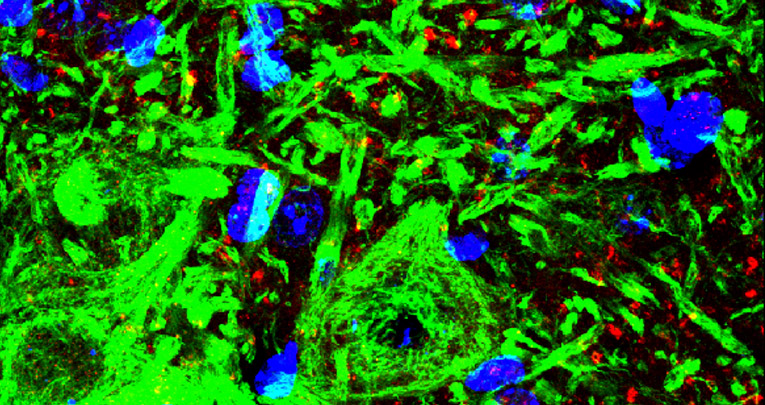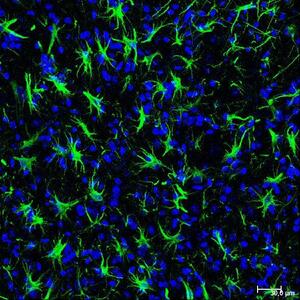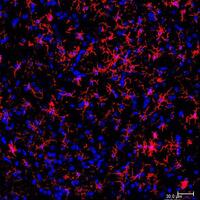
Disease Models and Mechanisms
, 18 Match 2020
The transcription factor Nurr1 is up-regulated in Amyotrophic Lateral Sclerosis patients and SOD1-G93A mice
Valeria Valsecchi 1 2 3 * , Marina Boido 4 2 * , Francesca Montarolo 2 5 , Michela Guglielmotto 4 2 , Simona Perga 4 2 5 , Serena Martire 2 5 , Santina Cutrupi 6 , Andrea Iannello 6 , Nadia Gionchiglia 2 , Elena Signorino 2 , Andrea Calvo 7 8 , Giuseppe Fuda 7 8 , Adriano Chiò 7 8 , Antonio Bertolotto 2 5 , Alessandro Vercelli 4 2
* these authors eqaully contributed to the article
Amyotrophic lateral sclerosis (ALS) is a neurodegenerative disease that affects both lower and upper motor neurons (MNs) in the central nervous system (CNS). ALS etiology is highly multifactorial and multifarious, and an effective treatment is still lacking. Neuroinflammation is a hallmark of ALS and could be targeted to develop new therapeutic approaches. Interestingly, the transcription factor Nurr1 has been demonstrated to play an important role in inflammatory process in several neurological disorders, such as Parkinson’s disease (PD) and Multiple Sclerosis (MS).
In the present paper, we demonstrated for the first time that Nurr1 expression levels were up-regulated in the peripheral blood of ALS patients. Moreover, we investigated Nurr1 function in the SOD1-G93A mouse model of ALS. Interestingly, Nurr1 was strongly up-regulated in the spinal cord during the asymptomatic and early symptomatic phases of the disease, where it promoted the up-regulation of the BDNF mRNA and the repression of NF-kB pro-inflammatory targets, such as iNOS. Therefore, we hypothesize that Nurr1 is activated in an early phase of the disease as survival endogenous mechanism, although not sufficient to revert disease progression.









